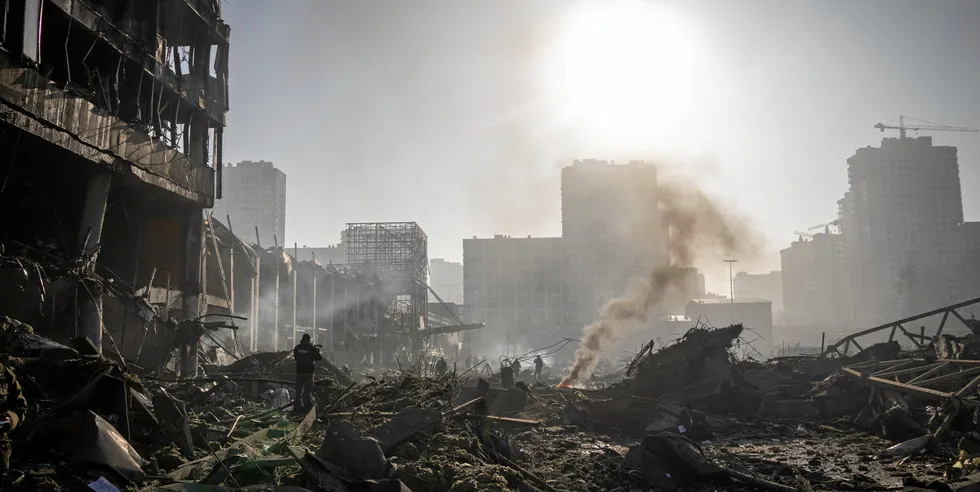Russia's war pushes blue and grey hydrogen costs way above those of green H2: Rystad
Cost of fossil-based H2 surged by over 70% since Ukraine invasion began, turbocharging the green H2 sector, analyst say

Cost of fossil-based H2 surged by over 70% since Ukraine invasion began, turbocharging the green H2 sector, analyst say
